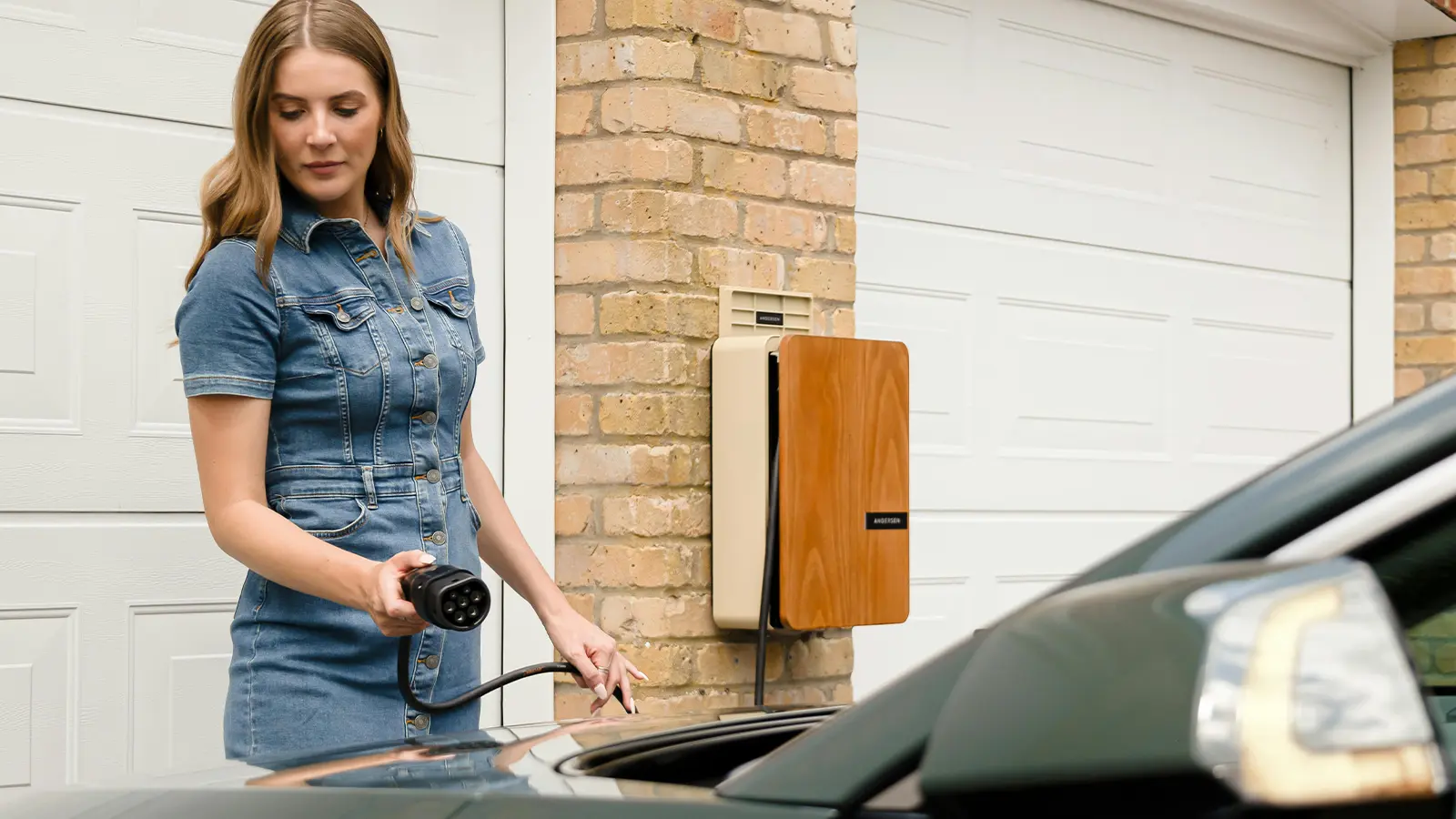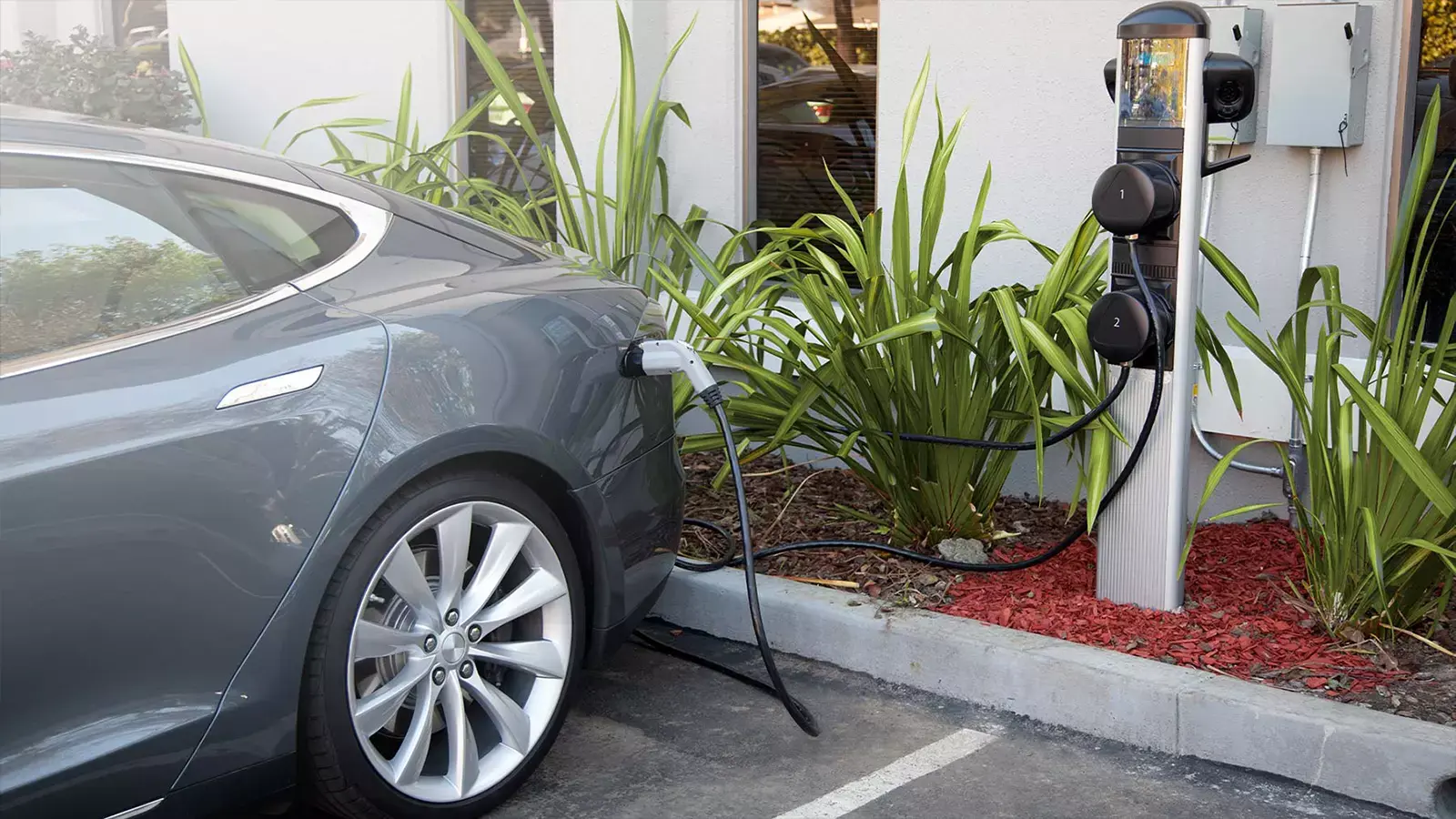Charging Incentives & Rebates
Charging your EV at home or in public can be significantly more affordable if you take advantage of available rebates, tax credits, and utility programs. Whether you’re installing a Level 2 charger or looking to cut your electricity bill, this guide walks you through the best ways to save money and take full advantage of local, state, and federal incentives.
Federal Tax Credit for Home Chargers
- 30% of costs for hardware and installation
- Maximum credit: $1,000 for residential installations
- Eligibility: Applies to qualified EVSE (Electric Vehicle Supply Equipment) installed through December 2032
- Where to claim: IRS Form 8911 (Alternative Fuel Vehicle Refueling Property Credit)
Utility Company Rebates
Many utility companies offer incentives to support EV adoption, encourage off-peak charging, and reduce grid stress. These rebates can help offset the cost of home charger installation and upgrades.
Here are a few examples:
- PG&E (California):
- Offers a $500 rebate for Level 2 charger installation
- Requires pre-approval before installation
- Con Edison (New York):
- Provides incentives for smart chargers that include usage tracking
- Requires enrollment in a time-of-use electricity plan
- Austin Energy (Texas):
- Offers up to $1,200 in rebates for charger installation
- Can also cover electrical panel upgrades
- DTE Energy (Michigan):
- Provides $500 for the charger and $500 toward installation costs
- Requires the use of a qualifying smart charger
Tip: Always check your utility provider’s EV or clean energy page for the latest rebate programs. You can also call customer service to confirm eligibility and application steps.
State and Local Programs
States like California, New York, Colorado, and Oregon offer rebates or grants for EVSE installations, solar integrations, and smart charger adoption.
- California’s CALeVIP offers up to $2,000 per Level 2 charger for residential use (when funding is available).
- New York’s Charge Ready NY provides $2,000 per charging port for multifamily or commercial locations.
- Colorado offers rebates up to $1,500 for income-qualified residents.
Use the GreenCars Incentive Tool to look up programs by ZIP code.
Income-Qualified and Equity-Based Programs
Some rebate programs offer higher amounts to:
- Renters or residents of multifamily housing
- Lower-income households
- Rural or underserved areas
Look for “equity” or “priority community” programs within your state or utility offering.
Rebates for Smart Charging
If your charger connects to a utility for load sharing or time-of-use optimization, you may receive:
- Monthly credits
- One-time rebates for installation
- Participation in demand response programs (where the utility temporarily slows charging during peak hours)
Quick Tips to Maximize Savings
- Stack your incentives: Federal + state + utility rebates may all apply
- Get estimates first: Some programs require pre-approval
- Submit promptly: Many rebates are first-come, first-served
- Keep receipts: Proof of purchase and electrician invoices are often required
Final Thoughts
If you’re upgrading your home for EV charging, don’t leave money on the table. Rebates, credits, and grants can cut installation costs by 50% or more. With smart research and planning, you can make your home charging setup more affordable and efficient.
Keep the Energy Going
Continue exploring EV charging fundamentals:
← Go Back: How to Save on EV Charging: Off-Peak Rates and Smart Tips
Discover Next: Mastering Public Charging and Fast Charging →












